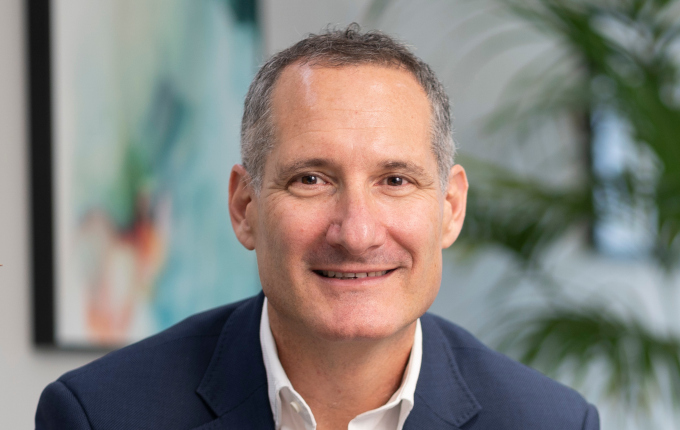A key to TelstraSuper’s success has been its ability to react quickly to market dislocations, CIO Graeme Miller says It has been said Australian superannuation funds all invest in a similar way, and at a high level that statement is true. Most funds have models that offer members options with different asset allocation mixes, ranging […]
Register to Access this Exclusive [i3] Insights Article
Create a free account to access exclusive interviews with asset owners, revealing insights on investment strategies, market trends, and portfolio allocations.
If you already have an account you can Login .
If you have any issues registering an account please send us an email at [email protected].


